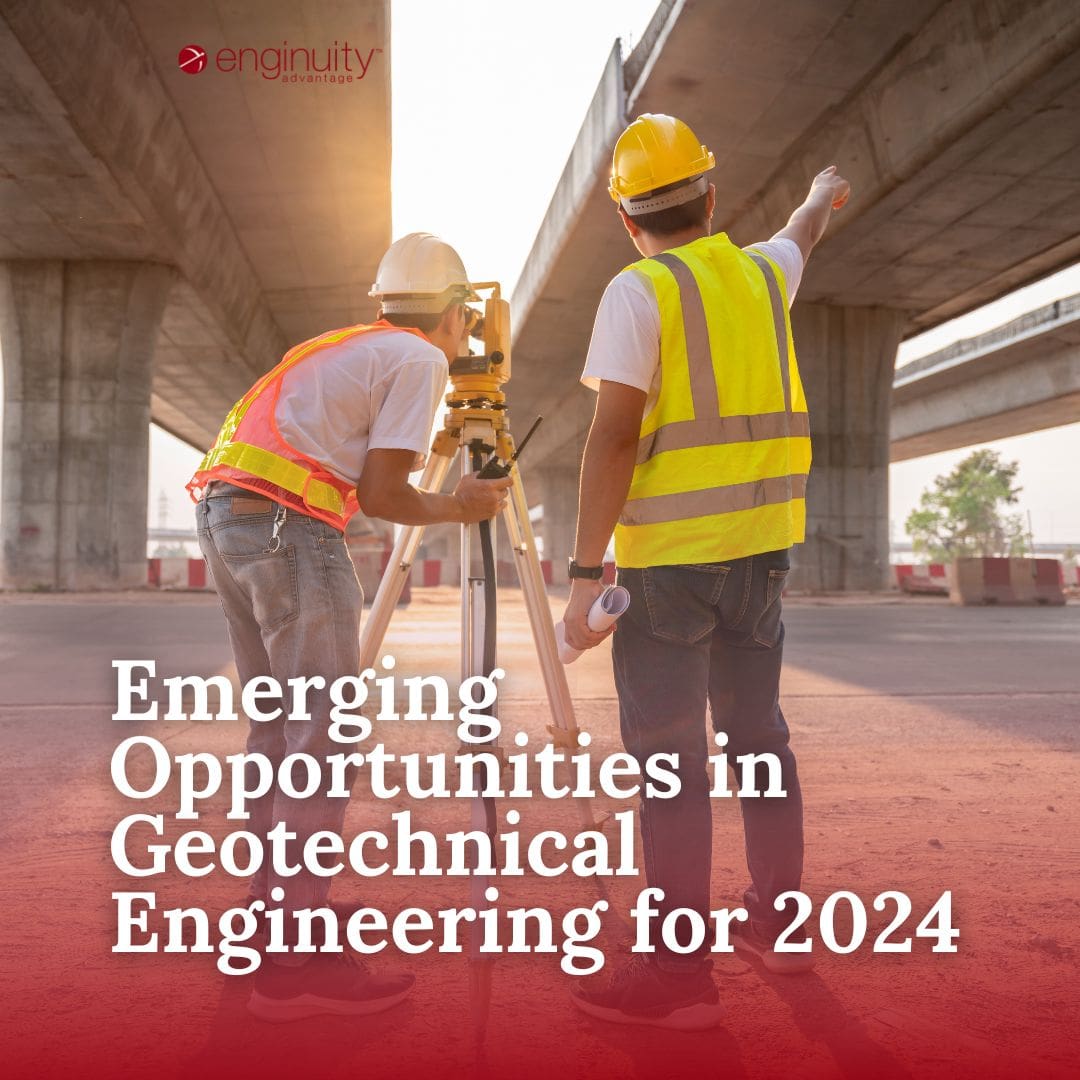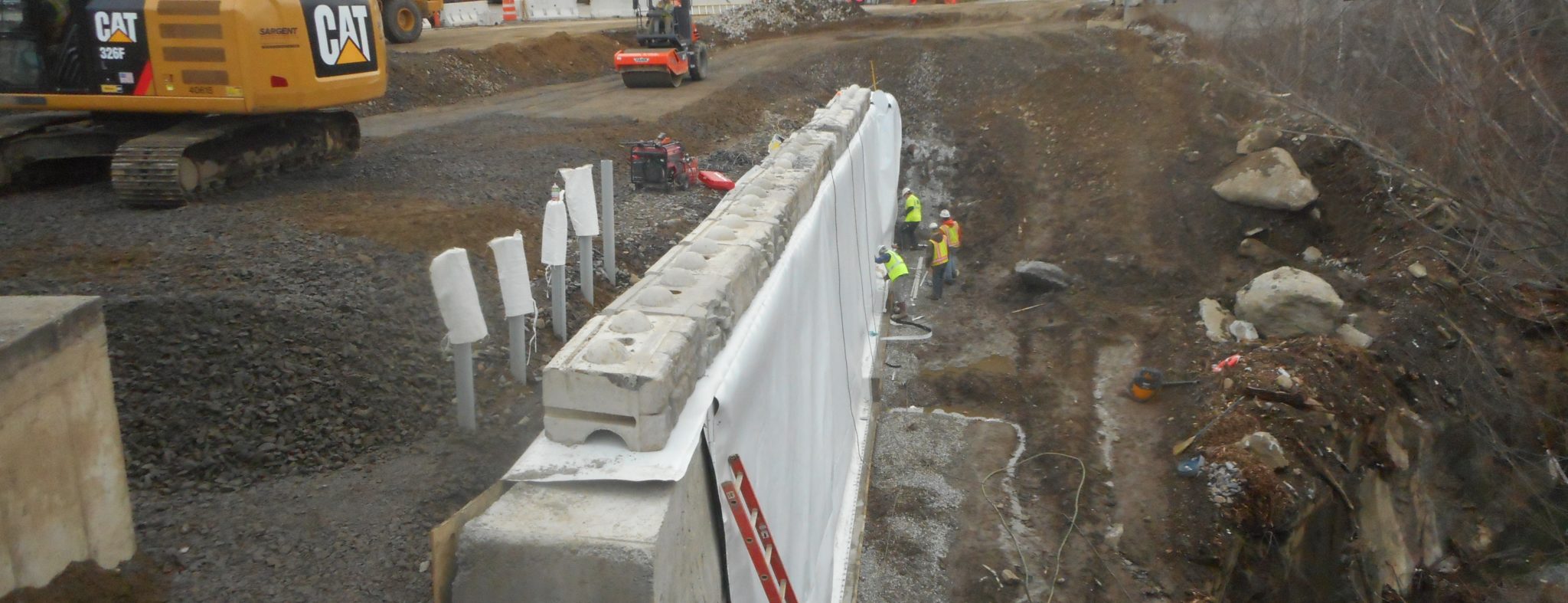Picking the Right Geotechnical Engineers for Your Next Large-Scale Project
Picking the Right Geotechnical Engineers for Your Next Large-Scale Project
Blog Article
The Interdisciplinary Approaches in the Geotechnical Industry: Connecting the Gap In Between Engineering, Geology, and Environmental Science for Optimum Job End Results
The integration of engineering, geology, and environmental science within the geotechnical market is not just advantageous; it is essential for achieving ideal job end results. What techniques might arise to promote this essential cooperation and boost the efficacy of geotechnical methods?
Importance of Interdisciplinary Cooperation
The significance of interdisciplinary partnership in the geotechnical industry can not be overemphasized. Reliable geotechnical tasks call for the combination of diverse knowledge from different areas, consisting of design, geology, and environmental scientific research. This cooperation guarantees that all elements of a job are considered, resulting in extensive options that attend to complex obstacles.
Interdisciplinary collaboration promotes innovation by enabling professionals to share insights and techniques that might not appear when operating in seclusion (geo tech engineer). By leveraging the staminas of numerous self-controls, groups can identify possible dangers, optimize style processes, and enhance the sustainability of geotechnical jobs. Such cooperation promotes a holistic understanding of site-specific problems, which is vital for accurate analysis and decision-making.
The intricacy of geotechnical tasks necessitates a collaborated technique to analytic. When designers, rock hounds, and ecological scientists function with each other, they can create a cohesive strategy that straightens technological demands with environmental factors to consider and regulatory compliance. This synergy not only boosts project end results but likewise adds to the lasting resilience of framework. Ultimately, interdisciplinary collaboration is essential for progressing best methods and achieving quality in the geotechnical industry.
Trick Functions of Each Self-control
Cooperation amongst various self-controls is not simply helpful; it is vital for the effective execution of geotechnical jobs. Each technique-- design, geology, and environmental scientific research-- plays a distinctive yet interconnected function that adds to forecast efficacy and sustainability.
Geotechnical designers are mainly in charge of creating foundations and making sure architectural honesty. They assess dirt and rock buildings to evaluate load-bearing capacities, offering necessary information for secure building practices. Their experience enables the formulation of ingenious solutions to intricate challenges.

Ecological scientists examine the possible effects of building and construction on ecological communities and water sources. They perform environmental analyses and create mitigation strategies to decrease adverse impacts. By integrating environmental factors to consider, they guarantee conformity with laws and promote sustainability throughout the task lifecycle.
Study of Successful Integration
Effective combination of geotechnical self-controls can be exemplified through different study that highlight the efficiency of team effort in resolving complex engineering obstacles. One noteworthy instance is the building of the Hong Kong-- Zhuhai-- Macau Bridge, where a joint method involving geotechnical design, geology, and ecological scientific research was vital. Geologists and designers worked in unison to analyze the seabed conditions and maximize the structure layout, guaranteeing security and lessening ecological influence.
An additional impactful instance is the enhancement of slope security in the San Francisco Bay Area, where an interdisciplinary team integrated geotechnical analysis with environmental evaluations. By integrating hydrological researches and geological studies, the group properly determined potential landslide risks and applied efficient mitigation actions, enhancing safety and security and sustainability.
Moreover, the redevelopment of Brownfield websites frequently requires a multidisciplinary strategy. In one situation in Chicago, partnership among geotechnical designers, ecological scientists, and city organizers resulted in the successful removal of polluted soil, enabling the safe change of the website into a community park. These study highlight that interdisciplinary cooperation not just addresses technological difficulties yet likewise cultivates innovative solutions that profit both neighborhoods and jobs.
Challenges in Multidisciplinary Projects

In addition, working with routines and operations among numerous groups can be bothersome, especially when each self-control has one-of-a-kind project milestones and deliverables. This imbalance can lead to delays and enhanced expenses. The difficulty of source allowance also looms large; guaranteeing that specific experience is available at vital times calls for mindful preparation and foresight.
Lastly, regulative conformity see it here presents one more considerable obstacle. Each discipline may deal with various governing structures, and aligning these requirements to meet project objectives can be intricate and time-consuming. Dealing with these obstacles necessitates solid leadership and reliable communication techniques to cultivate cooperation and make certain that multidisciplinary groups function cohesively in the direction of shared goals.
Future Trends in Geotechnical Practices
As the geotechnical sector progresses, arising patterns see post are improving practices to deal with the challenges dealt with in multidisciplinary tasks - consulting engineer. One considerable fad is the increased integration of innovative technologies, such as expert system and artificial intelligence, right into geotechnical analysis and design. These modern technologies boost predictive modeling and threat analysis, allowing designers to make even more enlightened decisions throughout the task lifecycle

Furthermore, the fostering of digital twins and real-time tracking systems is coming to be much more common. These devices facilitate continuous evaluation of soil problems and architectural efficiency, enabling for prompt treatments when problems occur.
Final Thought
In final thought, the combination of see this here engineering, geology, and environmental science is crucial for attaining optimal end results in the geotechnical sector. Effective case studies illustrate the benefits of this approach, while acknowledging the difficulties encountered in multidisciplinary jobs.
The combination of design, geology, and environmental science within the geotechnical industry is not merely beneficial; it is imperative for achieving optimal job end results. Effective geotechnical projects require the assimilation of diverse know-how from different fields, consisting of engineering, geology, and environmental scientific research.Navigating the complexities of multidisciplinary projects in the geotechnical market provides numerous substantial difficulties.As the geotechnical market progresses, arising patterns are reshaping techniques to address the difficulties encountered in multidisciplinary tasks. Geotechnical designers are increasingly working together with ecological researchers to guarantee that projects line up with sustainability goals and conform with regulative requirements.
Report this page